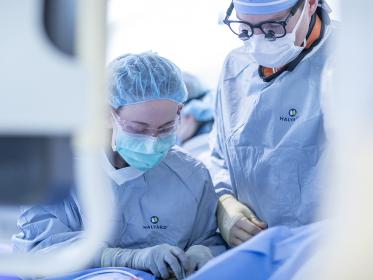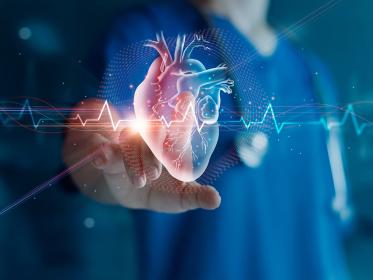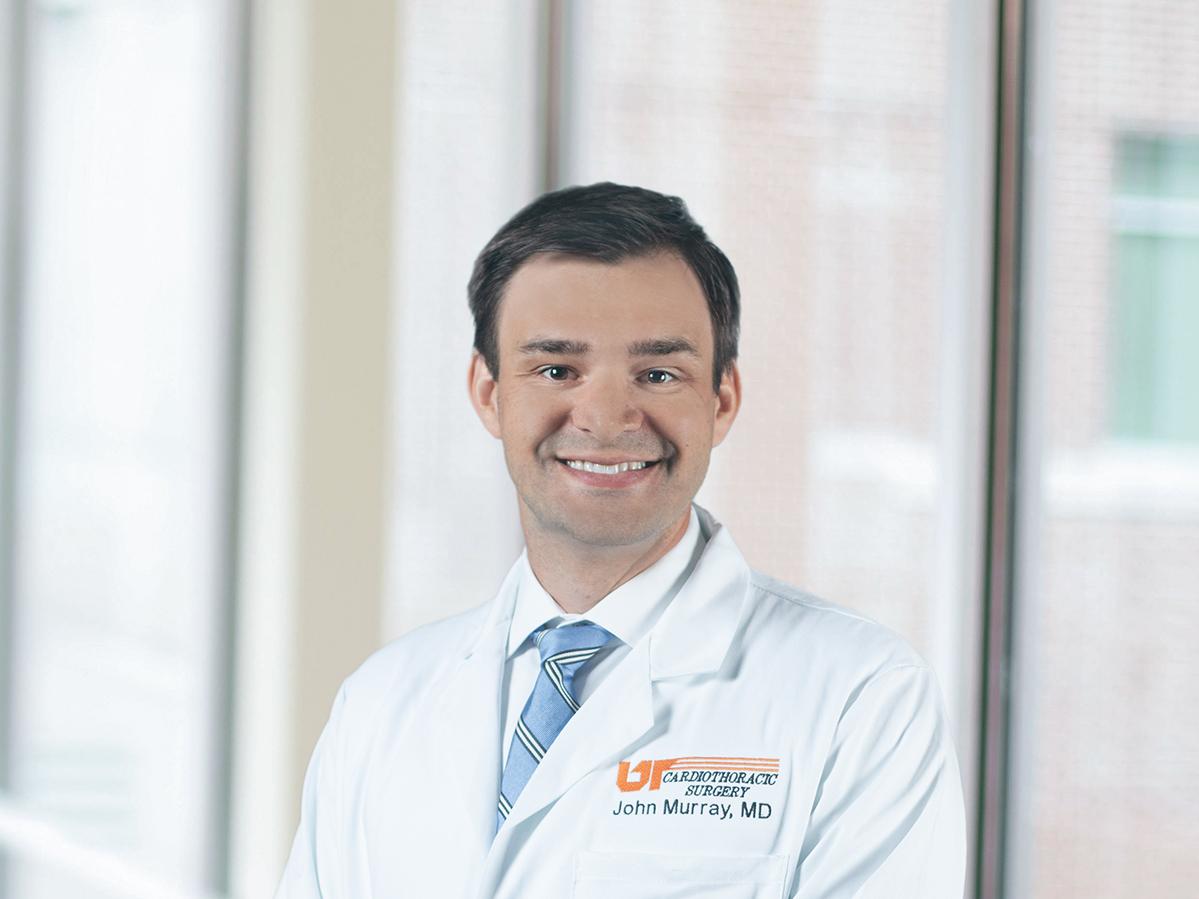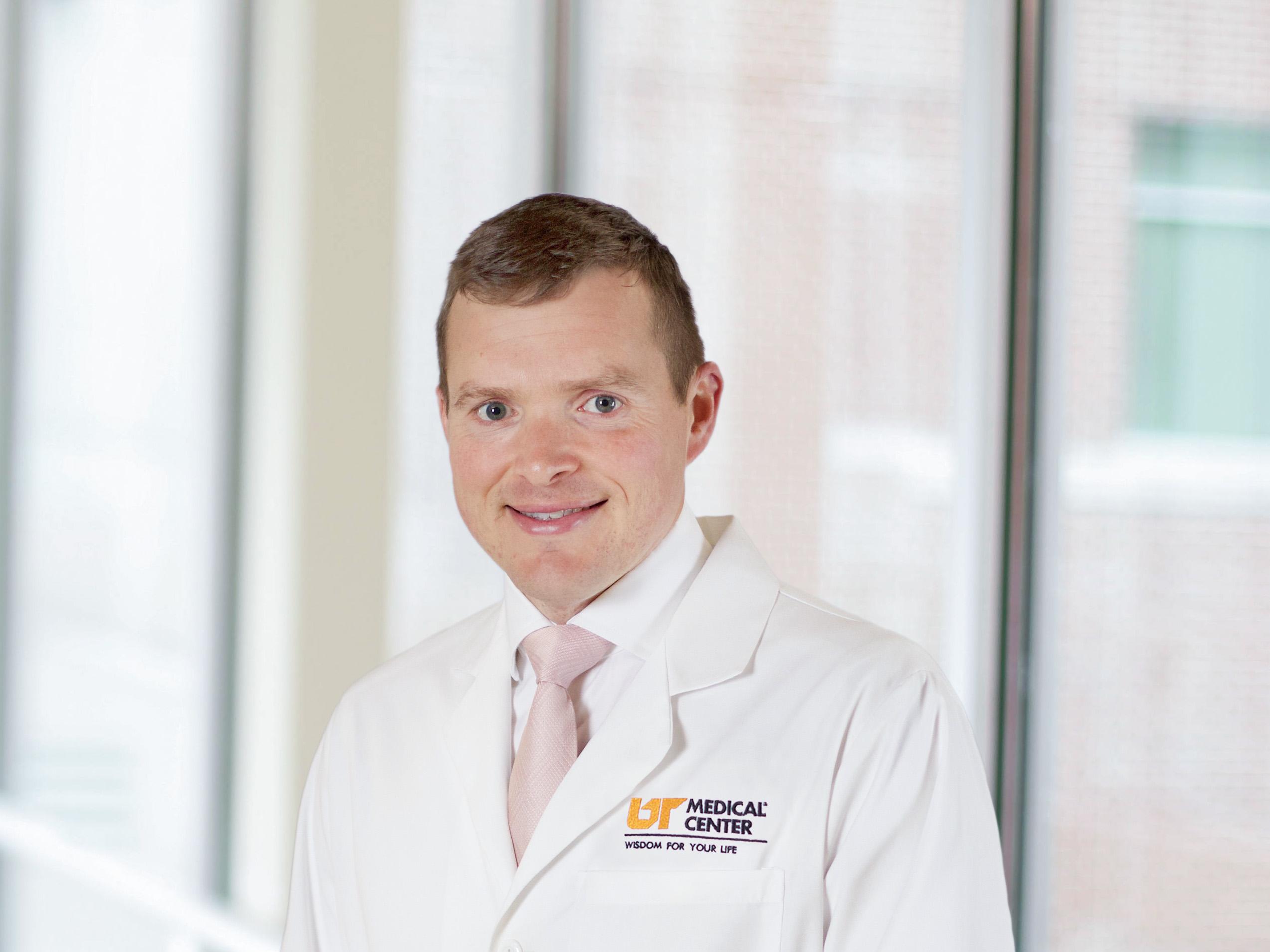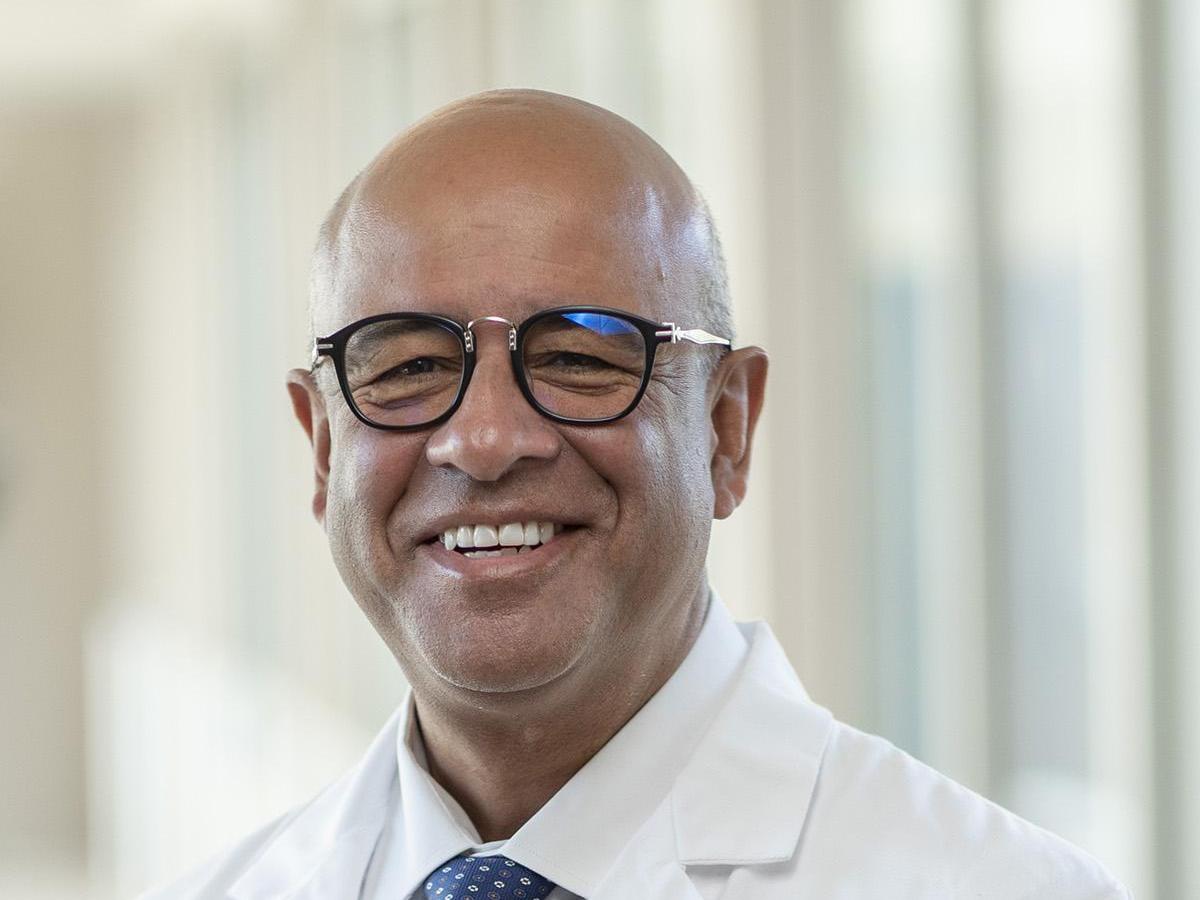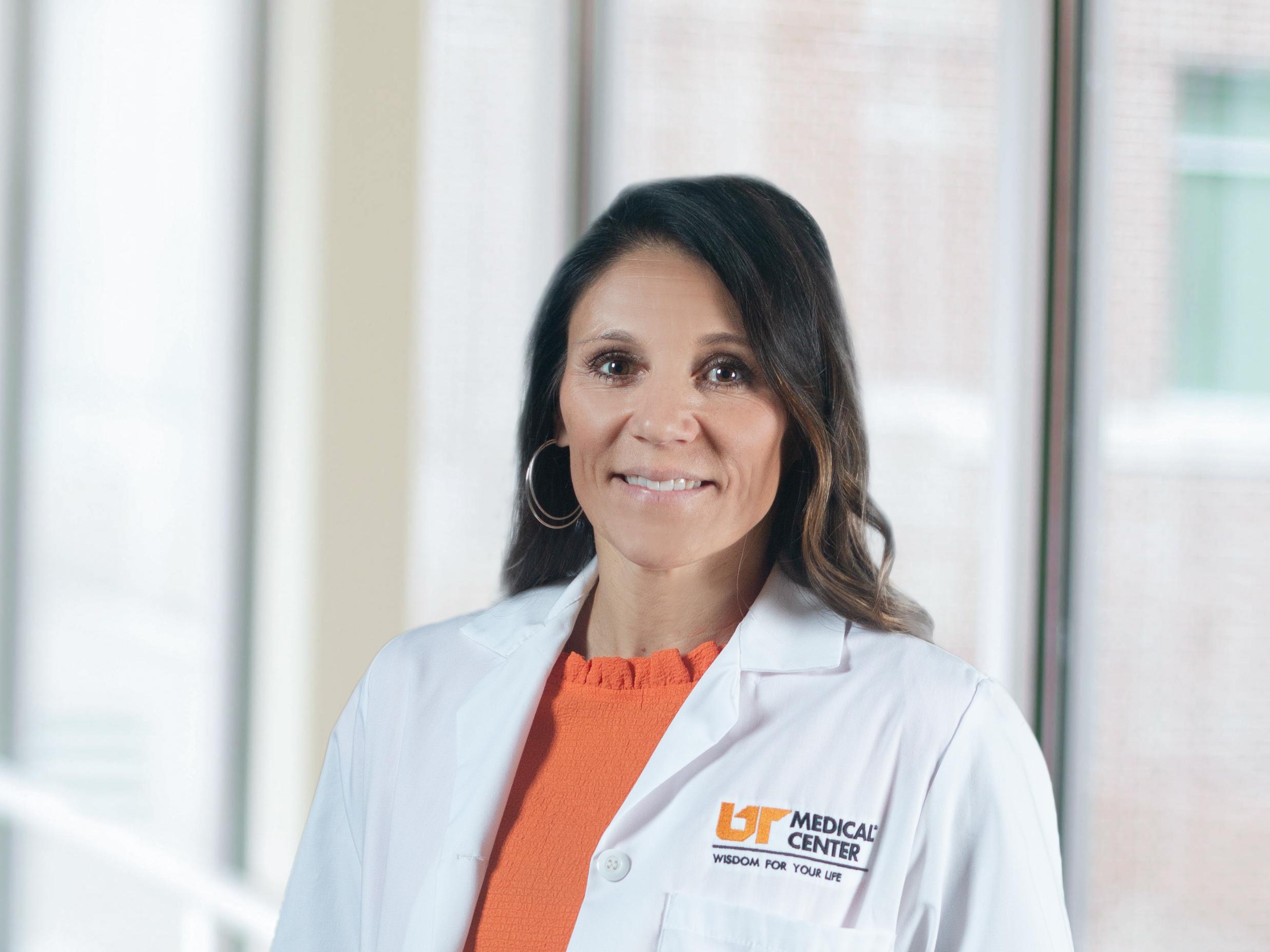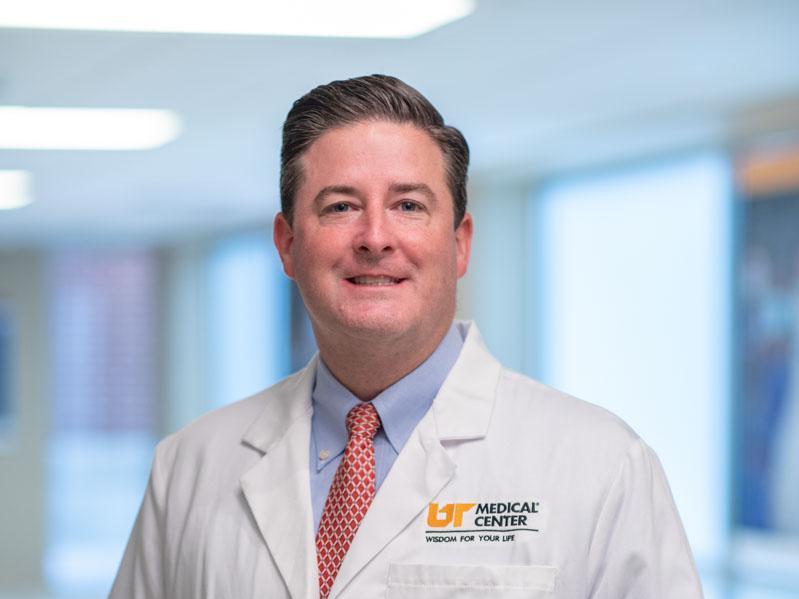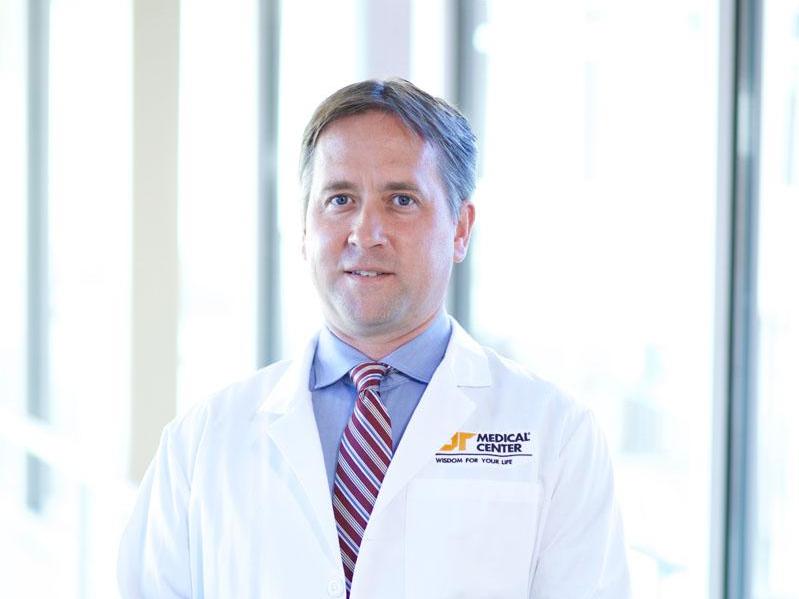Overview
An aortic aneurysm is a weakened blood vessel. They get their name because they occur most often in the aorta. The aorta is the main artery of the chest and abdomen. It carries blood from the heart to all parts of the body.
There are two types:
- Abdominal aortic aneurysms (AAAs), which occur in the abdomen
- Thoracic aortic aneurysms, which occur in the chest
As the blood vessel’s wall weakens part of the blood vessel balloons. The aneurysm may grow and eventually rupture, or break open, if it is not diagnosed and treated.
Less than 25 percent of people will survive if their aneurysm ruptures.
Risk Factors for Aortic Aneurysms
- Men and women with a family history of aortic aneurysms
- Individuals 60 years of age or older
- Tobacco use
- History of heart or peripheral artery disease
- High blood pressure
- Chronic lung disease
What Are the Symptoms?
It’s estimated that more than one million Americans are living with an abdominal aortic aneurysm and don’t even know it. That’s because they typically have no symptoms.
There are still some symptoms to be aware of, for both types of aneurysms. Let your doctor know right away if you experience:
- Chest, abdominal, back or side pain. Severe sudden pain may indicate an imminent rupture or dissection.
- A rhythmic, pulsating feeling in the abdomen like a heartbeat
- Coldness, numbness or tingling in the feet or hands
How Are Aortic Aneurysms Diagnosed?
An aneurysm may be diagnosed by physical examination in your doctor’s office but is more often diagnosed using advanced screening exams. These non-invasive exams may be conducted on an outpatient basis and may include any of the following:
- Abdominal ultrasound
- Computerized tomography (CT) scan
- Magnetic Resonance Imaging (MRI)
These non-invasive exams show the location and size of the aneurysm which will assist your doctor in determining your best treatment option. Because aortic aneurysms may not have symptoms, anyone age 60 or older who has risk factors for developing an aortic aneurysm should consider regular screening.
Treatment of Aortic Aneurysm/Disorder
Aneurysms that are smaller than two inches in diameter and do not cause symptoms may be monitored regularly using an ultrasound or CT scan, a practice called “watchful waiting.” People with small aneurysms and high blood pressure may be given medication to lower their blood pressure and reduce the risk of the aneurysm growing or rupturing. The size, location, symptoms and overall risk factors of the patient will determine if surgical treatment is necessary.
In the event that surgical treatment is necessary, patients may have two options for treating the aneurysms:
- Open surgical repair
- Endovascular stent graft repair
Your surgeon will determine the type of repair needed based on location and complexity of the aneurysm.

